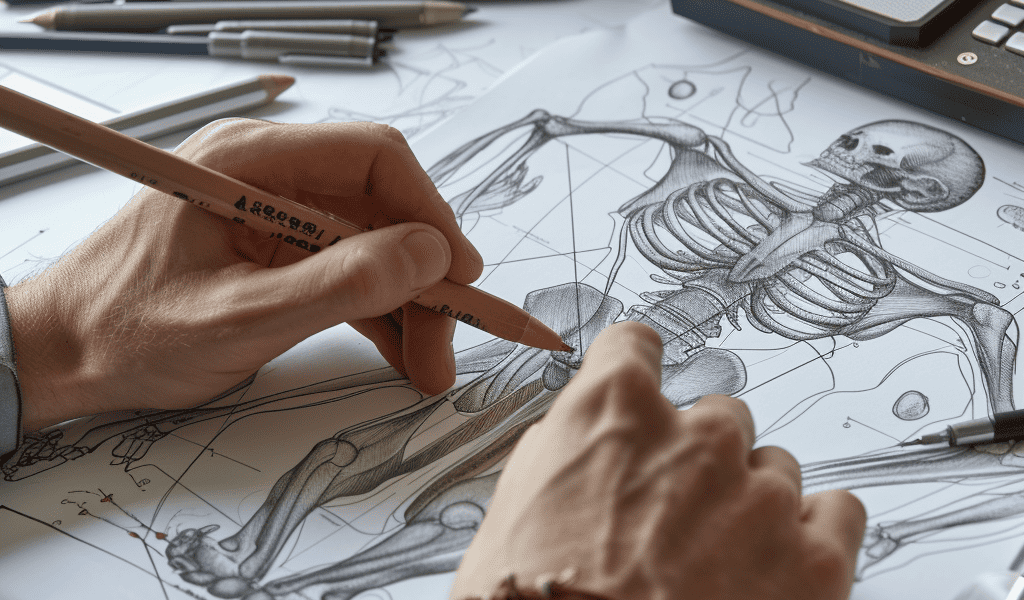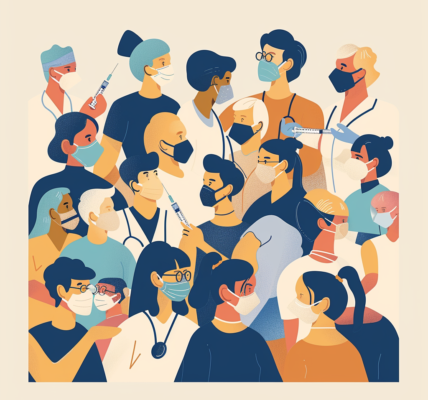Medical Illustration: Revealing the Unseen
Medical illustrators play a crucial role in the field of medicine, using their artistic skills to communicate complex scientific concepts and educate healthcare professionals and the public. James A. Perkins, a Distinguished Professor of Medical Illustration at the Rochester Institute of Technology, sheds light on the significance of medical illustration in the advancement of medicine.
For centuries, pictures have been instrumental in teaching doctors about the intricacies of the human body. From ancient Egypt to the Renaissance, illustrated anatomy atlases have been pivotal in conveying medical knowledge. The works of renowned anatomists such as Giacomo Berengario da Carpi and Andreas Vesalius set a precedent for the use of detailed illustrations to teach anatomy, a practice that continues to this day.
Medical illustrators, like Perkins, draw what cannot be seen and observe procedures that have never been done before. Their work goes beyond words, as they use visuals to convey intricate medical information. As the famed medical illustrator Frank H. Netter once said, “(Pictures) eliminate the need for the lecturer or the author to translate what he has in his mind into words and for the listener or the student to translate those words back into a mental image.”
The use of illustrations to communicate medical information has a rich history, and the profession of medical illustration remains as relevant as ever in the modern healthcare landscape. Through their art, medical illustrators continue to contribute significantly to the advancement of medicine.





